The Ultimate Guide to Using Reclaimed Wood in Home Remodeling
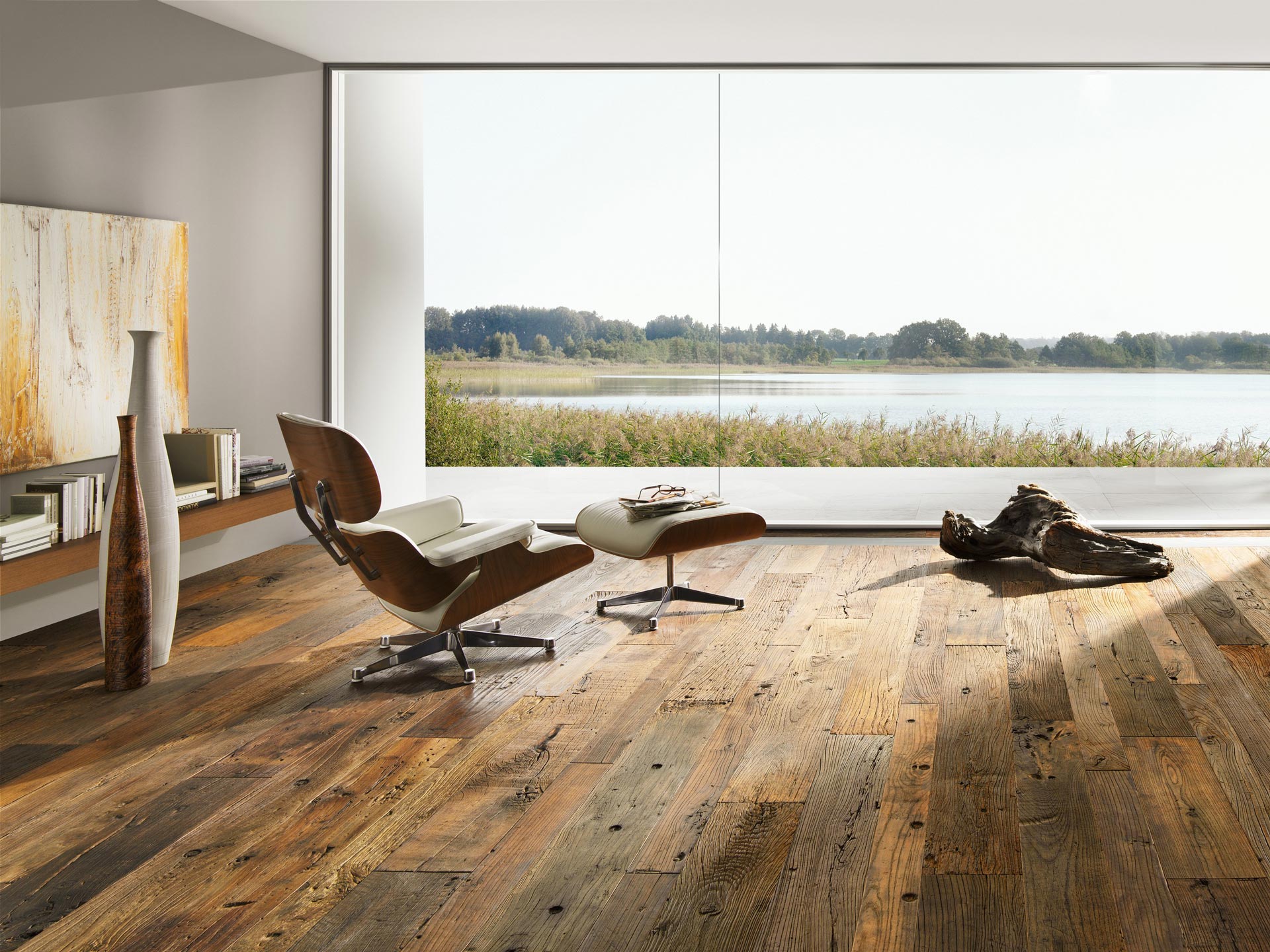
Reclaimed wood has become a popular choice in home renovation because it brings history, texture, and a sense of sustainability into modern spaces. With its distinct character and natural charm, this material offers more than just aesthetic appeal; it contributes to environmentally conscious building practices. Whether you’re planning a kitchen renovation, bathroom remodel, or ADU construction, reclaimed wood has a way of making everything feel warmer while adding that cozy, lived-in vibe.


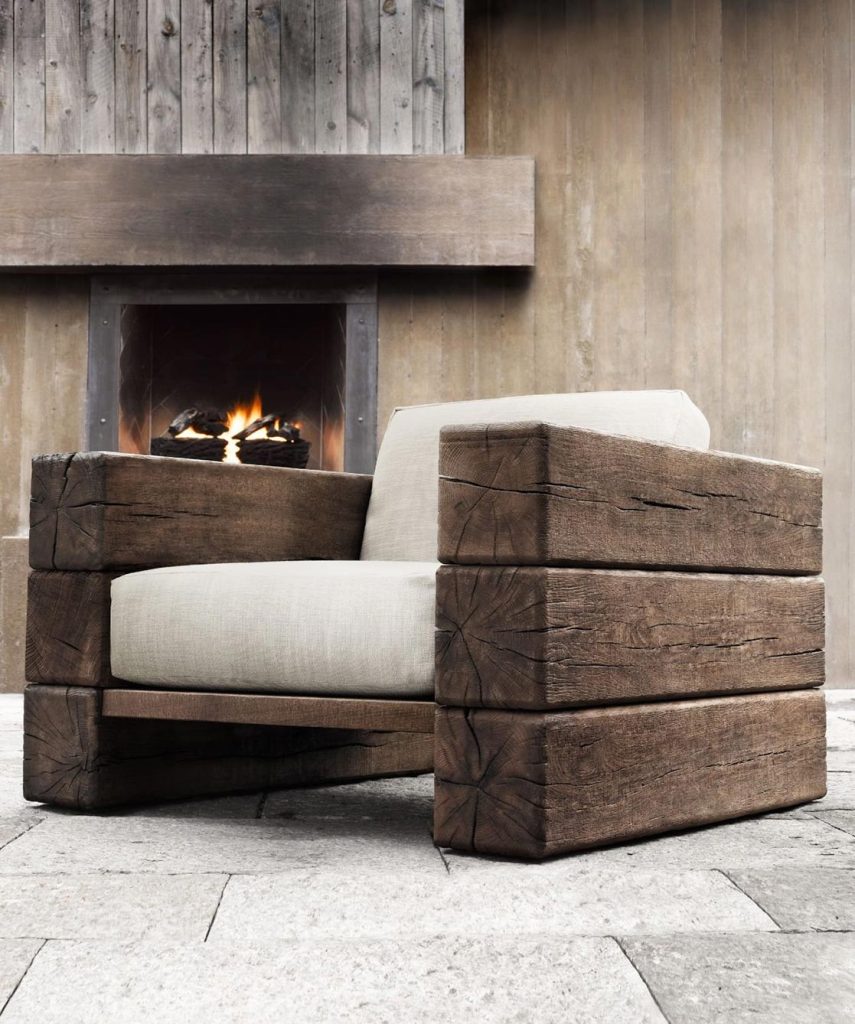
The History and Story Behind
The appeal of reclaimed wood comes not only from its physical qualitites but also from the stories behind it. Many pieces come from historical buildings, old barns, factories, oe wine barrels. Each one bears the imprint of its former purpose. This wood has stood the test of time, which adds to its strength and unique character. When you choose reclaimed wood for home remodeling, you preserve a piece of history. It brings depth and meaning to your home. Every knot, nail hole, and imperfection tells a story from the past and creates a link to the present.
Why Reclaimed Wood Belongs in Modern Remodeling Projects
Reclaimed wood is salvaged from old barns, industrial buildings, and historical structures. Its naturally aged grain, nail holes, and weathered surfaces offer a story and texture that new wood simply can’t replicate. Reclaimed lumber also tends to be more durable, as it’s already been seasoned over time.
Beyond its character, using reclaimed wood reduces the demand for new lumber and helps preserve forests. This makes it an ideal choice for eco-conscious homeowners.
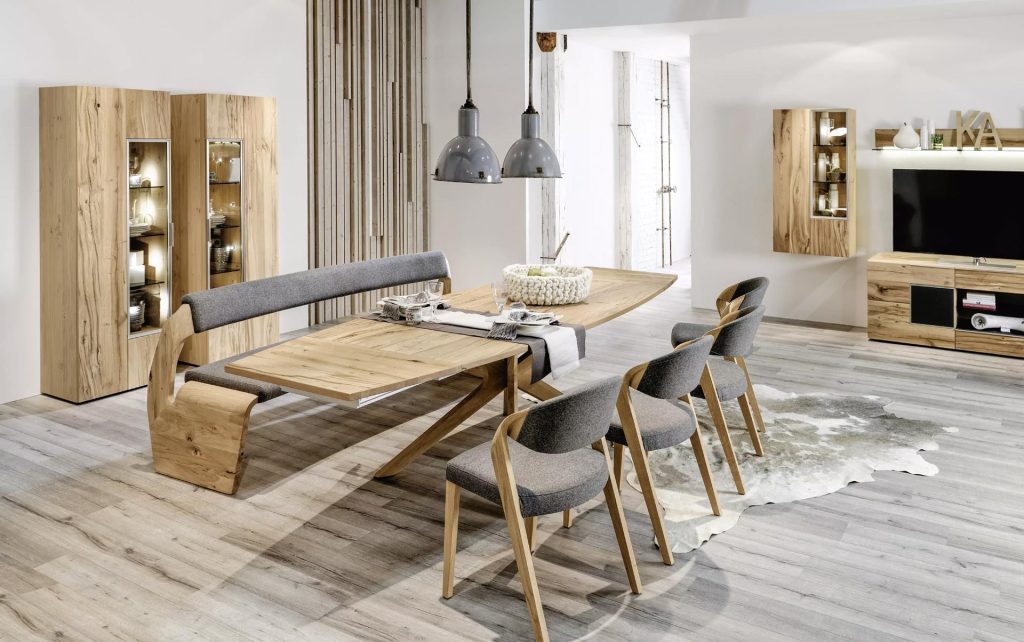
Incorporating Reclaimed Wood into Modern Home Designs
Incorporating reclaimed wood into modern home designs creates a beautiful juxtaposition of old and new. Use reclaimed wood beams to add rustic charm to a kitchen or as accent walls in minimalist living spaces to introduce warmth and texture. Reclaimed wood furniture pieces, such as dining tables or headboards, can serve as statement pieces that draw the eye and anchor a room.
General Remodeling: Creating Visual Consistence with Reclaimed Wood
For full home renovations, reclaimed wood can bring harmony across spaces. Using the same type of finish of reclaimed wood for beams, accent walls, stair treads, and flooring helps tie each room together. For example, reclaimed oak ceiling beams in the living room can mirror reclaimed wood shelves in the kitchen to create a sense of flow and cohesion throughout the home.
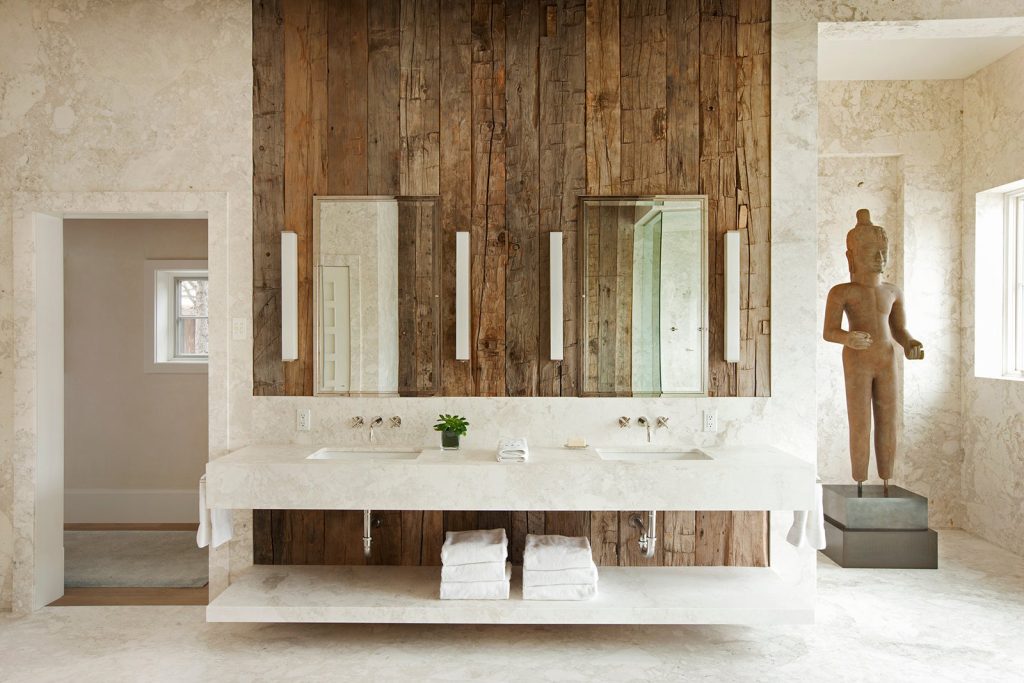
Kitchen Remodeling with Reclaimed Wood
Reclaimed wood adds warmth and texture to kitchens, whether your style leans modern, rustic, or somewhere in between. Consider these applications:
- Open shelving: Use reclaimed planks for floating shelves that show off dishware and decor.
- Cabinet fronts: Custom cabinet panels made from reclaimed wood look like they’ve already lived a life, and that’s the charm. The grain, the imperfections, the warm tones instantly bring character to your kitchen without trying too hard.
- Range hoods and islands: Wrap a kitchen island or build a custom range hood with reclaimed timber to create a standout focal point.
You can also pair reclaimed wood with sleek materials like quartz countertops or stainless-steel appliances to strike a balanced contract.
Bathroom Remodeling: Warmth and Texture in a Moisture-Sensitive Space
Bathrooms can benefit from the unique aesthetic of reclaimed timber when it is sealed and maintained properly. Here are a few ideas for inspiration:
- Vanity surrounds: Frame a bathroom mirror with reclaimed wood to add rustic charm.
- Accent walls: A reclaimed wood wall behind the bathtub or sink becomes a sophisticated focal point.
- Floating shelves: These provide storing for towels and toiletries while adding organic appeal.
It’s important to use a finish that seals the wood and protects it from humidity. This helps prevent warping, swelling, and mold. A good polyurethane or natural oil like tung or Danish oils work well and help the wood stay strong and beautiful over time.
Home Additions: Artfully Blending Old and New
When adding new square footage to your home, reclaimed wood helps bridge the transition between existing and new spaces. For example:
- Exterior siding or porches: Use reclaimed timber siding to help the addition feel established and integrated.
- Ceiling beams or paneling: Inside a new family room or sunroom, reclaimed ceiling beams echo the character of the original structure.
- Incorporating reclaimed wood in home additions ensures continuity in style and contributes to the narrative of your home’s evolution.
How to Source High-Quality Reclaimed Wood for Your Projects
Sourcing high-quality reclaimed timber requires diligence and a bit of detective work. For those in Los Angeles, there are several reputable vendors known for their extensive selection and quality of this material:
- Vintage Timberworks: Located in nearby Temecula, Vintage Timberworks offers a wide range of options, from barn wood to beams and flooring. They are known for their high-quality materials and excellent customer service.
- E&K Vintage Wood: Based in Los Angeles, E&K Vintage Wood provides a diverse selection of reclaimed timber, including barn wood, beams, and custom furniture pieces. Their inventory often includes wood sourced from old barns, factories, and other historic structures.
- Angel City Lumber: This LA-based company focuses on urban lumber, salvaging trees from the city and transforming them into beautiful products. They offer a variety of wood types and custom milling services.
- The Reclaimed Wood Source: Also based in Los Angeles, this vendor provides a large selection of reclaimed wood for various uses, including flooring, paneling, and custom projects. They pride themselves on their eco-friendly practices and high-quality products.
By visiting these local vendors, you can inspect the wood’s condition firsthand and ensure it meets your project’s requirements. Always verify the wood is free from pests, rot, and excessive damage, and ask about its origin to understand its story and provenance.
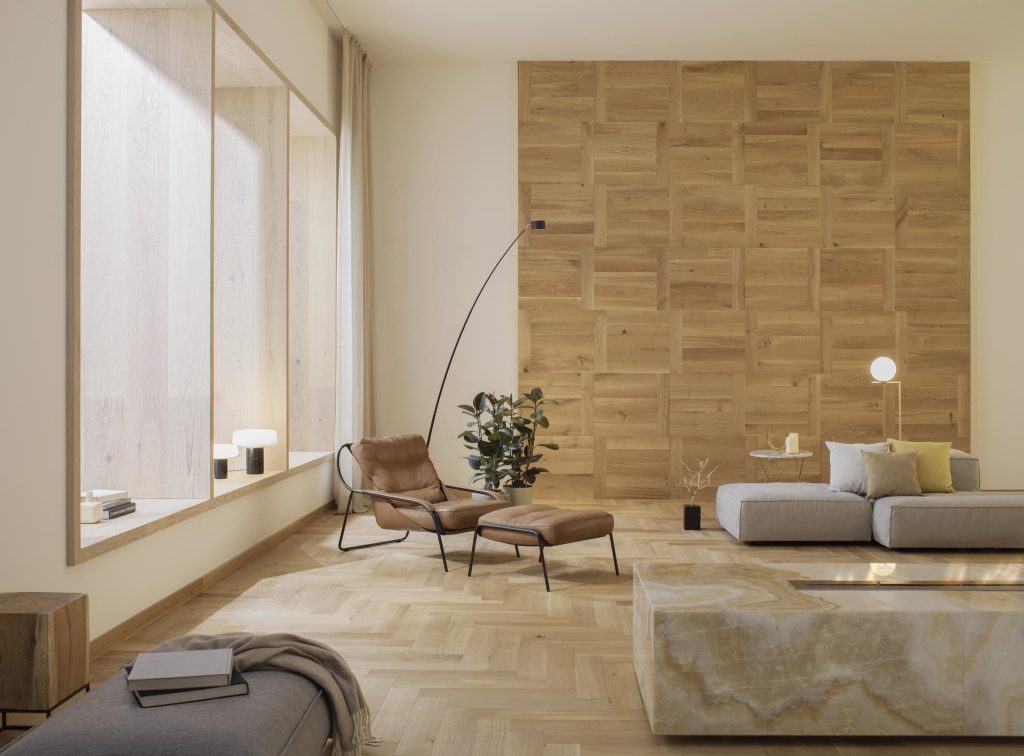
Comparing Reclaimed to New Wood: Pros and Cons
When choosing between reclaimed and new wood, it’s important to weigh the pros and cons. Reclaimed timber is environmentally friendly, full of character, and typically more durable due to its age. However, it can be more expensive and harder to source in large quantities or specific dimensions. New wood, on the other hand, is readily available, customizable, and often less expensive. It lacks the unique history and charm of reclaimed wood but can be more consistent in quality and easier to work with. Ultimately, the choice depends on your project’s requirements, budget, and design vision.
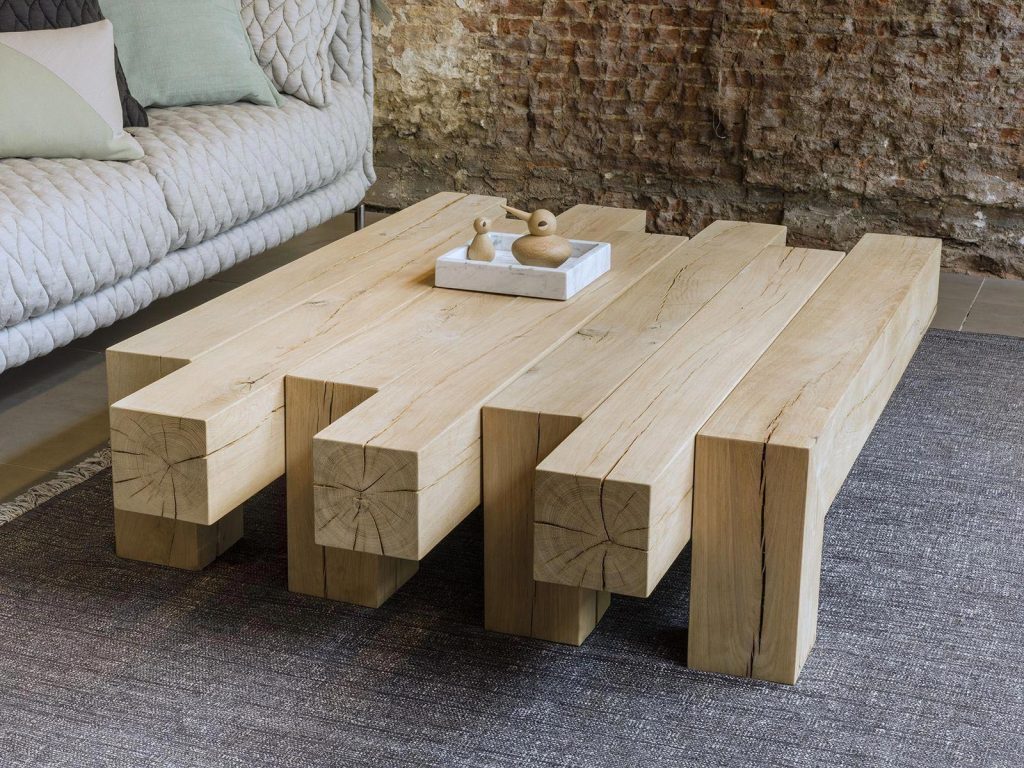
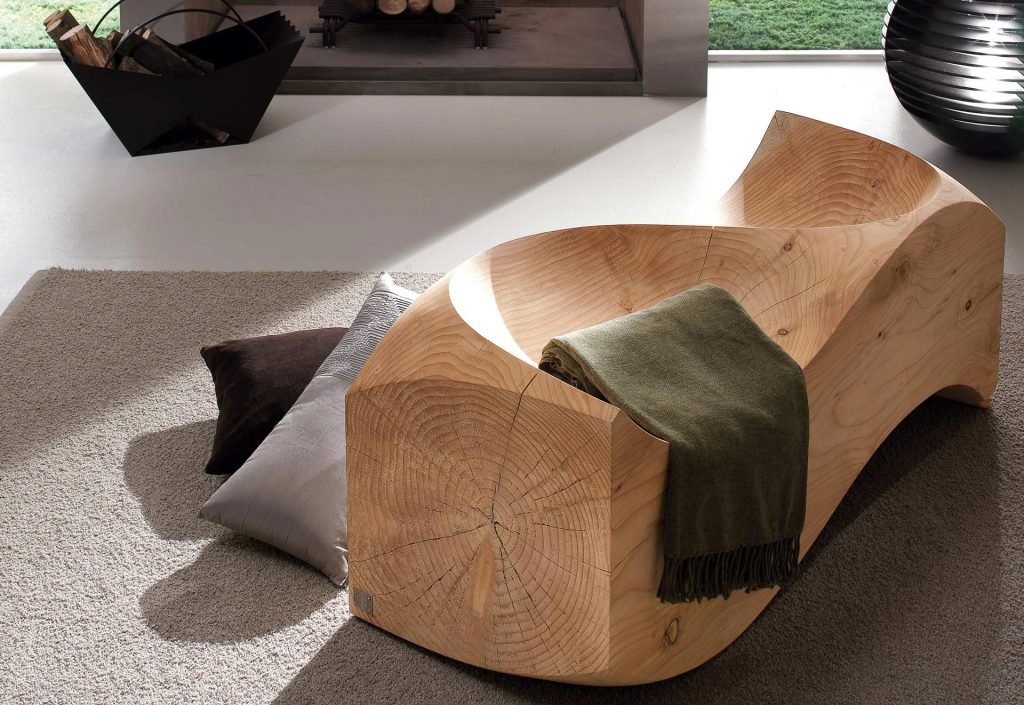
Flooring: Trends and Tips
Reclaimed wood floor is a popular trend that adds a touch of sophistication to any home. One current trend is using wide planks, which showcase the wood’s natural grain and character. Mixed-width flooring, where planks of different sizes are used together, creates a more dynamic and visually interesting surface. To ensure the best results, hire a reliable general contractor experienced with reclaimed wood, as its irregularities can present challenges. Regular maintenance, such as sweeping and occasional refinishing, will keep your reclaimed wood floors looking stunning for years to come.


Reclaimed wood is more than just a material; it’s a testament to sustainability, history, and enduring beauty. By choosing this material for your home remodeling projects, you’re not only creating a unique and captivating space but also contributing to a more sustainable and environmentally responsible future.
We’ve rounded up our favorite ways to use reclaimed wood in home remodeling. See the full board: https://pin.it/1jy5yhPon